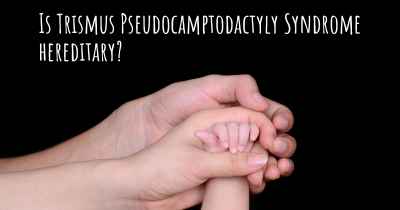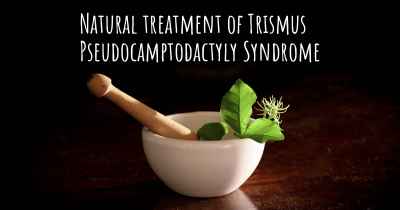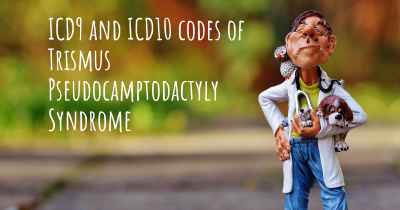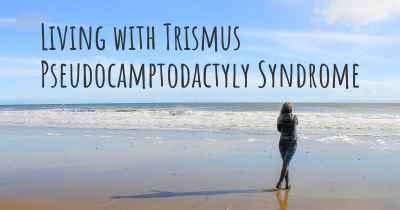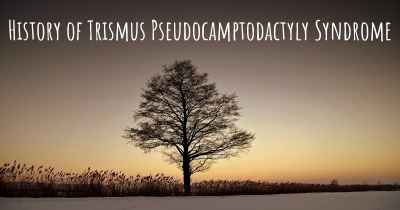What is the life expectancy of someone with Trismus Pseudocamptodactyly Syndrome?
Life expectancy of people with Trismus Pseudocamptodactyly Syndrome and recent progresses and researches in Trismus Pseudocamptodactyly Syndrome
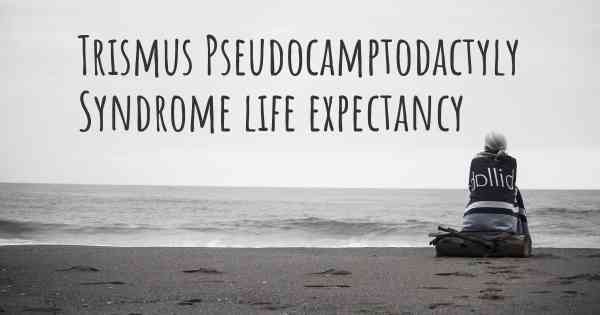
Trismus Pseudocamptodactyly Syndrome (TPS) is a rare genetic disorder characterized by restricted mouth opening (trismus) and fixed flexion deformity of the fingers (pseudocamptodactyly). As an autosomal dominant condition, the severity of TPS can vary among individuals. Unfortunately, there is limited information available regarding the life expectancy of individuals with TPS. The prognosis largely depends on the specific symptoms and associated complications experienced by each person. It is crucial for individuals with TPS to receive appropriate medical care, including regular monitoring and management of symptoms, to optimize their quality of life. Consulting with healthcare professionals familiar with TPS can provide more personalized information and guidance.
Trismus Pseudocamptodactyly Syndrome (TPS) is a rare genetic disorder that affects various aspects of an individual's physical development. It is characterized by the presence of trismus, which is the limited ability to open the mouth fully, and pseudocamptodactyly, a condition where the fingers appear permanently flexed.
Due to the rarity of TPS, there is limited information available regarding the life expectancy of individuals with this syndrome. However, it is important to note that TPS is not typically associated with a significantly reduced lifespan. The severity of symptoms and the impact on an individual's overall health can vary widely.
Individuals with TPS may face challenges related to their oral health and nutrition due to the restricted mouth opening. This can lead to difficulties in maintaining proper oral hygiene and consuming a well-balanced diet. Regular dental care and the involvement of a multidisciplinary healthcare team can help manage these challenges and improve overall quality of life.
Additionally, individuals with TPS may benefit from physical therapy and occupational therapy to address the hand and finger abnormalities. These interventions can help improve hand function and enhance daily activities.
It is important for individuals with TPS to receive ongoing medical care and support from healthcare professionals who are knowledgeable about the syndrome. Regular check-ups and monitoring can help identify and manage any potential complications or associated conditions.
In conclusion, while the life expectancy of individuals with Trismus Pseudocamptodactyly Syndrome is not well-documented, it is generally not considered to be significantly reduced. With appropriate medical care, management of symptoms, and support from healthcare professionals, individuals with TPS can lead fulfilling lives and achieve their full potential.
Posted Dec 20, 2017 by Crystala 700

